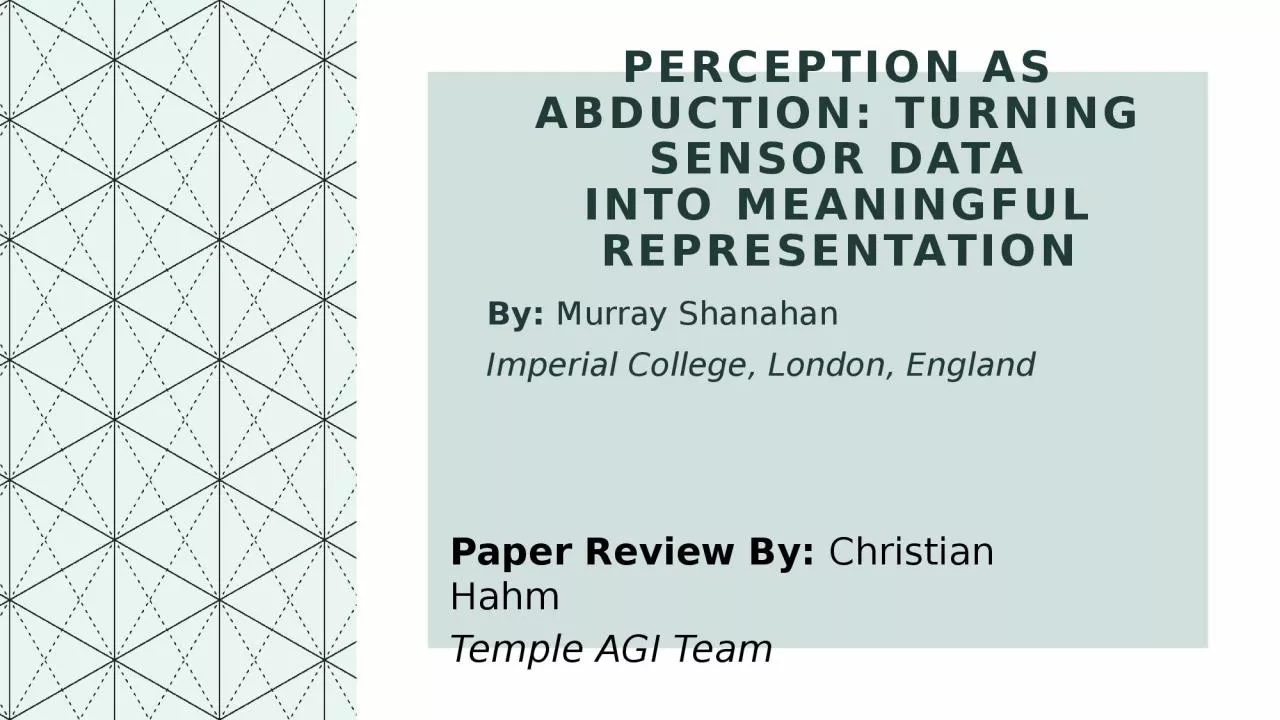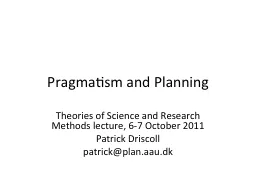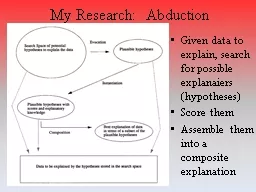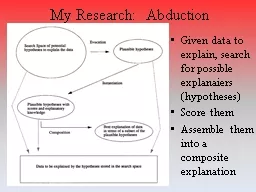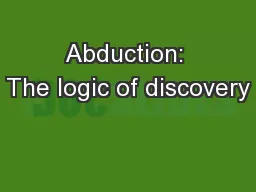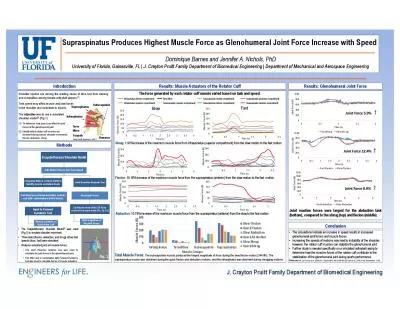PPT-Perception as Abduction: Turning Sensor Data
Author : felicity | Published Date : 2023-11-15
Into Meaningful Representation By Murray Shanahan Imperial College London England Paper Review By Christian Hahm Temple AGI Team Introduction 1 Researchers who
Presentation Embed Code
Download Presentation
Download Presentation The PPT/PDF document "Perception as Abduction: Turning Sensor ..." is the property of its rightful owner. Permission is granted to download and print the materials on this website for personal, non-commercial use only, and to display it on your personal computer provided you do not modify the materials and that you retain all copyright notices contained in the materials. By downloading content from our website, you accept the terms of this agreement.
Perception as Abduction: Turning Sensor Data: Transcript
Download Rules Of Document
"Perception as Abduction: Turning Sensor Data"The content belongs to its owner. You may download and print it for personal use, without modification, and keep all copyright notices. By downloading, you agree to these terms.
Related Documents

